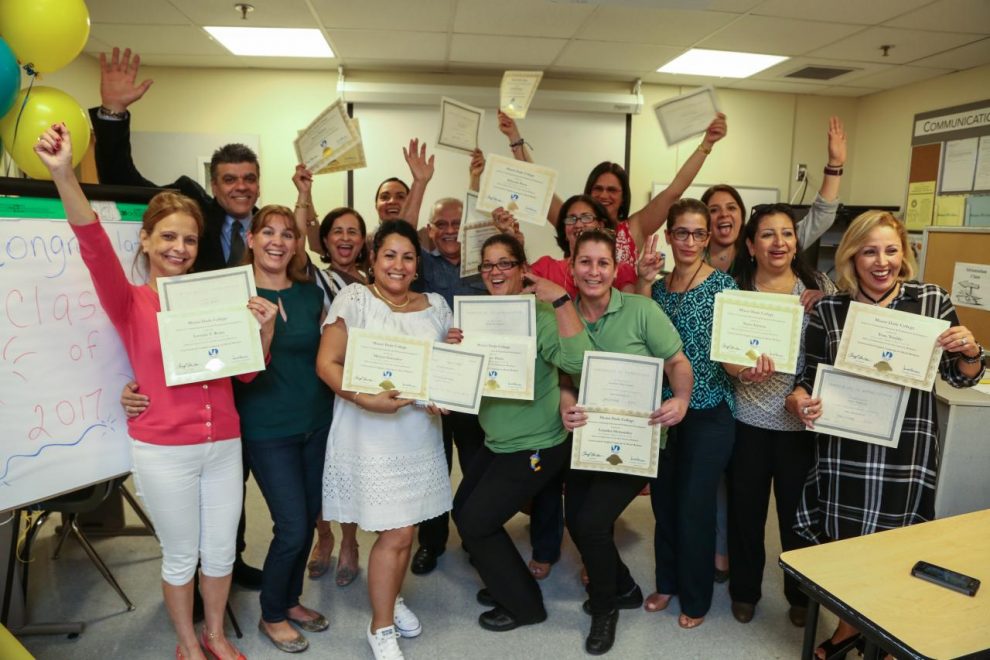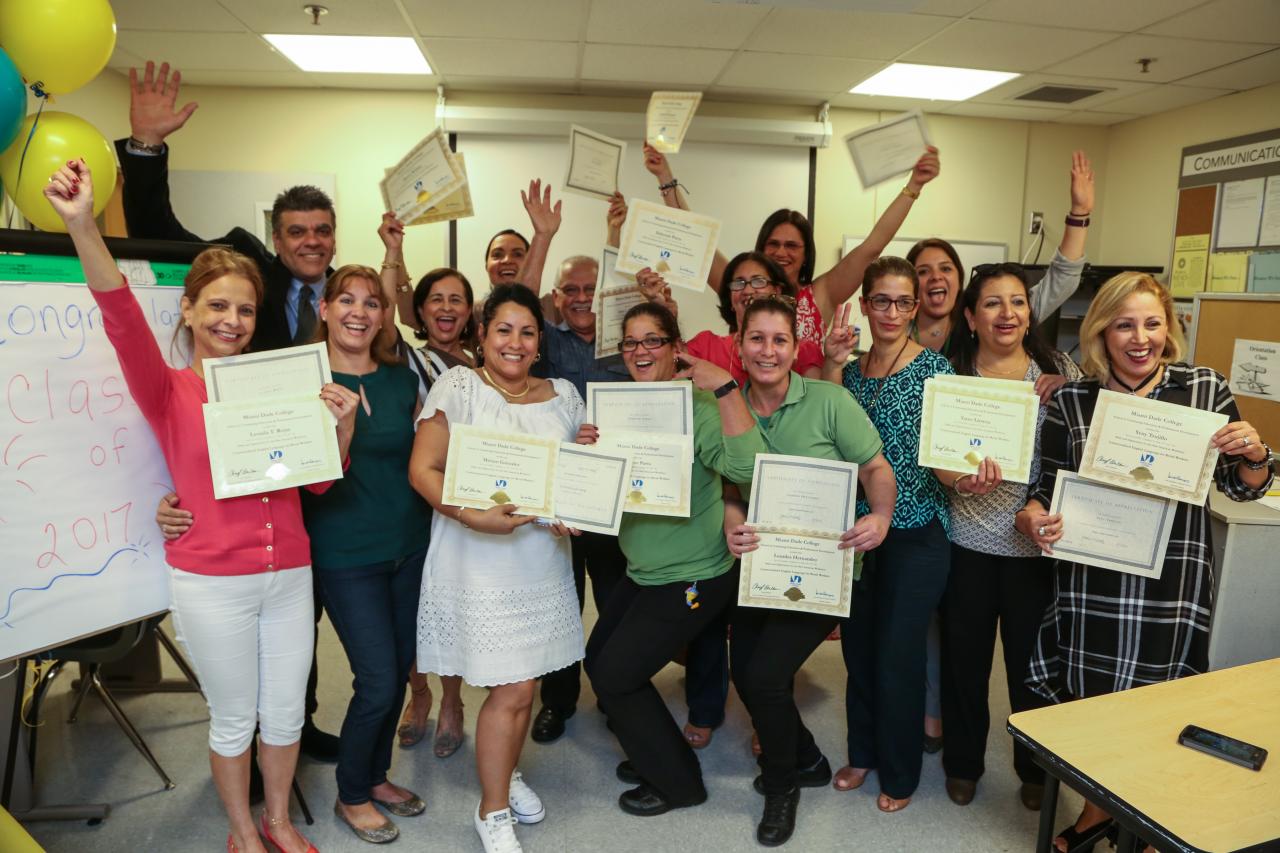For immigrant adults with limited English proficiency, acquiring stronger English skills is critical for integration into American society. ESL (English as a Second Language) programs tailored to adult learners provide fundamental language instruction and support services that pave the way for social mobility and belonging. This article explores impactful models and best practices for serving the diverse needs of immigrant adults seeking English fluency.
Contextualized Instruction Connecting English to Careers and Life Skills
The most effective adult ESL programs contextualize language instruction with real-world skills and topics relevant to students’ lives, such as:
- Job vocabulary, interview skills, and workplace culture norms
- Healthcare terms and doctor visit role playing activities
- Financial literacy concepts like budgeting and banking
- Local transportation, housing, and community resources
- Navigating children’s schooling and communicating with teachers
Tying language acquisition to practical needs accelerates proficiency, as noted by adult literacy scholar Larrotta: “Adult students feel more engaged when they can connect learning with achieving functional life goals.” Immediate applicability sticks.
Integrated Support Services
Holistic services beyond stand-alone language instruction are instrumental in sustaining student success. Typical supports include:
- Childcare assistance enabling parents to attend classes
- Referral networks helping with healthcare, legal aid, housing, and employment
- Counseling and case management for stress management and goal-setting
- Academic advising on pathways to vocational training or higher education
- Transportation vouchers and flexible class scheduling
Research confirms, “Non-academic resources addressing barriers to participation better enable adults to persist in ESL programs.” Comprehensive services scaffold learners.
Technology Integration to Promote Digital Literacy
As digital devices permeate workplaces, schools, and daily life, teaching computer skills and online communication tools has become a necessity for thriving in society. Programs can:
- Incorporate educational software, apps, and games reinforcing English skills
- Offer basic computer and Internet navigation lessons to build comfort
- Train students to use email, online calendars, video chat platforms, and text messaging
- Guide students in accessing community resources and services online
- Encourage typing practice to build digital literacy and computer confidence
Studies show, “Technology-enhanced ESL instruction boosts engagement, autonomy, and real-world tech abilities.” Digital proficiency unlocks modern participation.
Conversation Partners and Language Exchange
Practicing conversational English in comfortable settings accelerates language development. Programs facilitate language exchange through:
- Recruiting volunteer tutors and conversation partners from the community
- Organizing small group discussions, lunch tables, and informal social mixers
- Arranging shared activities with English-speaking peers, like cooking, sports, or hobbies
- Partnering with local congregations, colleges, and civic organizations
- Encouraging participation in neighborhood centers and community events
Research confirms, “Sustained speaking practice in supportive environments meaningfully improves proficiency.” Conversation nurtures progress.
Bridge Programs to Further Education
Well-articulated bridge programs create pathways to additional adult education, through partnerships between:
- Intensive college-prep ESL courses and local community colleges
- Combined vocational ESL and skills certificate programs
- Shared case management services to support ongoing educational transitions
- Co-location of adult education and college programs on campuses
- Outreach to raise awareness of articulation agreements and transfer options
According to experts, “Bridge programs facilitate educational persistence and completion.” ESL serves as a stepping stone.
Celebrating Multiculturalism and Student Assets
Honoring the diverse cultures, languages, and experiences adult learners bring to the classroom promotes belonging. Teachers incorporate students’ rich backgrounds through:
- Multilingual word walls displaying translations
- Discussing cultural traditions, foods, and celebrations
- Inviting students to share knowledge, tell stories, and lead parts of lessons
- Reading diverse literature and materials showcasing varied perspectives
- Embracing languages as educational assets benefiting fellow students
Research shows, “Affirmation of identity motivates persistence and engagement.” Validation is validating.
Conclusion
For immigrant adults, English fluency serves as a gateway to security and opportunity. Through contextualized and caring instruction, holistic supports, integration of technology, community involvement, bridge programming, and cultural validation, ESL providers empower meaningful learning. More than developing academic skills, effective programs nurture confidence and community. When adult learners connect with educational environments where they feel recognized and valued, English becomes not just a practical tool but a pathway to possibility.

















